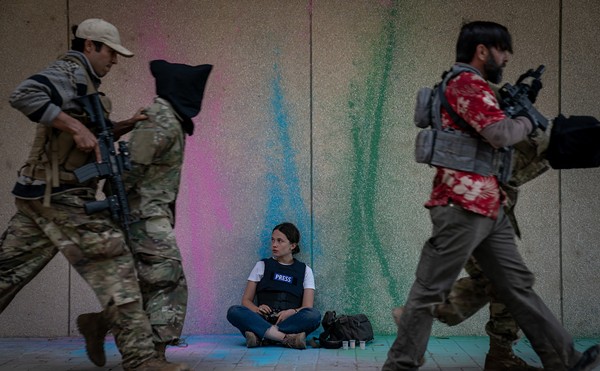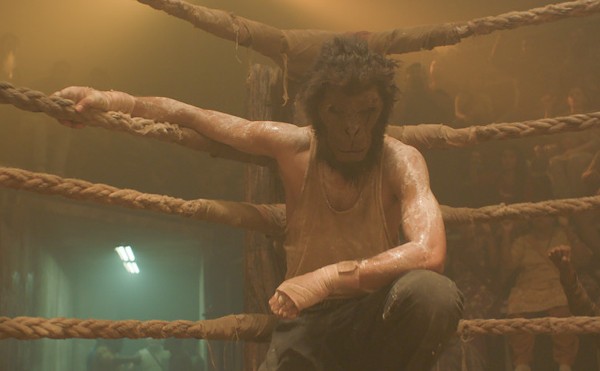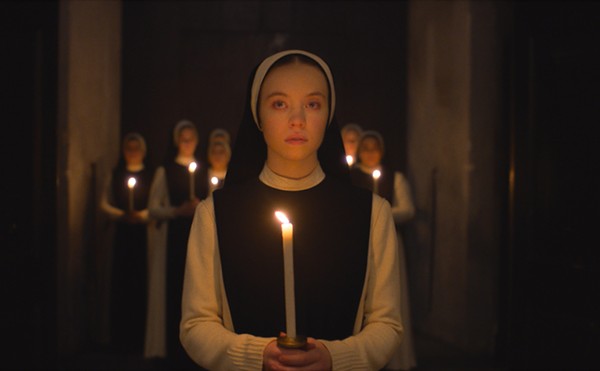Written, produced and directed by Freida Lee Mock and Terry Sanders, who won an Oscar for their 1995 film Maya Lin: A Strong Clear Vision, about the designer of the Vietnam Veterans Memorial in Washington, D.C., Return With Honor features interviews with some two dozen former POWs and contains never-before-seen footage of the capture and incarceration of the men. The archival material, shot by North Vietnamese cameramen, was provided to Mock and Sanders by Vietnam's Ministry of Culture and Information.
The downed airmen include Navy Lt. Everett Alvarez, the first pilot shot down and captured in the war (Aug. 4, 1964, in the Gulf of Tonkin); Navy Lt. Bob Shumaker, who six months later became the second serviceman to be shot down and imprisoned; and Air Force Capt. Pete Peterson, who left Vietnam in 1974 after six-and-a-half years in captivity and returned 23 years later, in 1997, as the first U.S. ambassador to the People's Republic of Vietnam.
Jeremiah Denton, James Stockdale and U.S. Sen. John McCain are names and faces that may be familiar to those with a passing knowledge of the subject matter, but viewers are also introduced to Air Force Lts. Ron Bliss and Tom McNish, friends who were shot down and captured the same day; Air Force Capt. George McKnight, who escaped from captivity only to be recaptured and thrown into solitary confinement for two-and-half years; and Navy Lt. Mike McGrath, a self-taught artist who drew his first picture in prison -- on his cell wall, with his own blood.
They reveal what went through their minds as their bullet-riddled planes burst into flames and spiraled toward earth, and all admit to moments of intense fear and excruciating pain while being tortured. Yet even when recalling these horrors, the men project a calmness that would seem to be at odds with what they have lived through -- or perhaps it is precisely because of that.
If the documentary has a shortcoming, it is that the filmmakers never address the underlying question: Where did these men get the will and stamina to hang on during six, seven, eight years of captivity? We marvel at their courage and candor, but we want to know more, perhaps even the unknowable: How did they do it? The movie doesn't really set out to answer that question; it is intended to simply show these men and let them tell their stories.
The images we have of the Vietnam War are those frozen in time by photographs, newsreels and TV-news footage. The men in those photographs and news reports are forever young, and it is disconcerting to see them today -- gray-haired and in their 60s. It's shocking in a way that listening to 80-year-old men reminisce about World War II isn't.
Maybe it's generational. If you were born during or after the Vietnam War, Return With Honor is history with a capital H, just as World War II is. Though moving and powerful, it is about the past. Viewers old enough to have experienced the Vietnam War in any meaningful way will feel a jolt of long-forgotten recognition watching these images. It may be history, but it was history we lived through, and what these men and their wives, several of whom are also interviewed, experienced sinks in at a different level. The universal truths contained in this documentary, however, will speak to everyone. And in a simple yet poignant summing-up of life for these men after their release, Navy Lt. Paul Galanti, a POW for six-and-a-half years, notes: "There's no such thing as a bad day when there's a doorknob on the inside of the door."
Opens Feb. 18 at the Tivoli.





